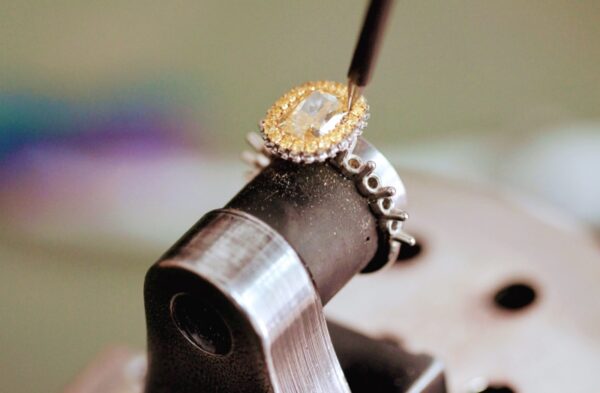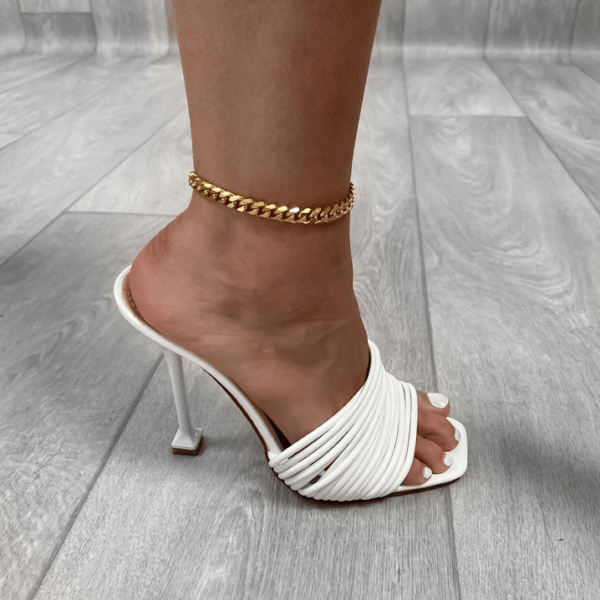
What It’s Really Like to Become a Professional Stone Setter (And Why It’s Worth It)
Ever wondered who’s behind the sparkling precision of a diamond ring or the flawless fit of a gemstone in a pendant? That level of detail doesn’t happen by accident. It’s the work of a skilled stone setter. If you’re considering a career that blends creativity, craftsmanship, and hands-on skill, stone setting might be exactly what you’re looking for. But what does it actually involve? And is it worth pursuing professionally?
So, What Does a Stone Setter Actually Do?
In simple terms, a stone setter is the person who secures gemstones into jewelry. But there’s a lot more to it than just “setting stones.” Every gemstone is different — size, shape, hardness — and every piece of jewelry demands precision and care. A setter works with tools like gravers, burrs, and microscopes to make sure that each stone sits perfectly.
There are also different types of settings to master, like:
- Prong setting – One of the most common types you’ll see in rings.
- Bezel setting – Where the metal wraps around the gem’s edge.
- Pavé setting – A detailed style where small stones are set closely together.
- Channel setting – Often used in eternity bands and similar designs.
Each one takes time to learn. There’s real technique involved. It’s not just art; it’s engineering. If you’re serious about learning the craft properly, getting high-quality training is key. Many aspiring professionals look to the No.1 stone setting school in Europe to gain that foundation. It’s a place known for its in-depth instruction, expert tutors, and hands-on approach. Whether you train there or elsewhere, choosing the right school can make a big difference in how quickly and confidently you develop your skills.
Who’s a Good Fit for This Work?
If you like working with your hands, have a good eye for detail, and don’t mind a bit of repetition now and then, you’re already off to a good start.
Stone setting calls for:
- Patience – Rushing leads to mistakes. You’ll learn to slow down and get it right.
- Steady hands – You’re dealing with tiny stones and even tinier tools.
- Visual focus – Much of the work is done under a microscope.
- Problem-solving skills – Every stone and every setting presents its own challenges.
If you’re the kind of person who enjoys getting into a zone and creating something tangible, this kind of work can be really satisfying.
How Do You Learn Stone Setting?
Most people start with a combination of formal training and hands-on practice. You can study jewelry-making more broadly, then specialize in stone setting, or dive directly into setting-specific programs.
Apprenticeships are still a common path in this field. Learning from a more experienced setter is one of the best ways to build skills and confidence. Some places may offer short-term courses or workshops as well.
Whatever route you take, be prepared to practice. A lot. Stone setting is something you get better at over time, not overnight.
What Can You Expect Day-to-Day?
Expect quiet, focused work. Much of your day will be spent at a workbench, using magnification tools to get the detail just right. There’s a rhythm to the job, especially once you build experience.
Your tasks might include:
- Prepping the setting — shaping, drilling, cleaning
- Carefully fitting stones — one at a time
- Polishing and finishing the piece
- Checking for alignment, security, and symmetry
You may work with designers, jewelers, or directly with customers, depending on the setup. Some stone setters work in jewelry stores, others in workshops, and some go fully independent.
Is There Good Demand for Stone Setters?
Yes, especially for skilled ones. Jewelry is never going out of style. And while mass production handles some lower-end pieces, high-quality or custom jewelry needs the human touch. As designs become more intricate and clients want unique, handcrafted pieces, the need for trained setters continues to grow.
That said, it’s a niche profession. So while there’s opportunity, the more skilled and versatile you are, the more in demand you’ll be.
How Much Can You Earn?
This varies a lot depending on your experience, location, and whether you’re working for a company or running your own setup. In general, entry-level positions offer modest pay. But once you gain a few years of experience and have a strong portfolio, rates can increase significantly, especially if you’re taking on freelance or high-end custom work. Some experienced setters earn a solid income, particularly those who can also design or create full pieces.
What’s Actually Rewarding About It?
It’s not just about the final sparkle, although that’s a big part of it. A lot of stone setters say they enjoy the meditative nature of the work. You get to work with your hands, solve problems creatively, and see the physical results of your effort. There’s also a sense of pride in working on pieces that often mark major life moments: engagement rings, heirlooms, and custom gifts. You’re part of something meaningful. And if you like mastering a craft, stone setting delivers. You’re always learning, always improving, always aiming for that perfect finish.
The Real Payoff
Becoming a stone setter is not just about fitting a stone into metal. It’s about building skill, honing your technique, and creating something beautiful and lasting. If that sounds like your kind of work, you might just have found your path.













































